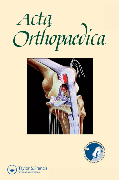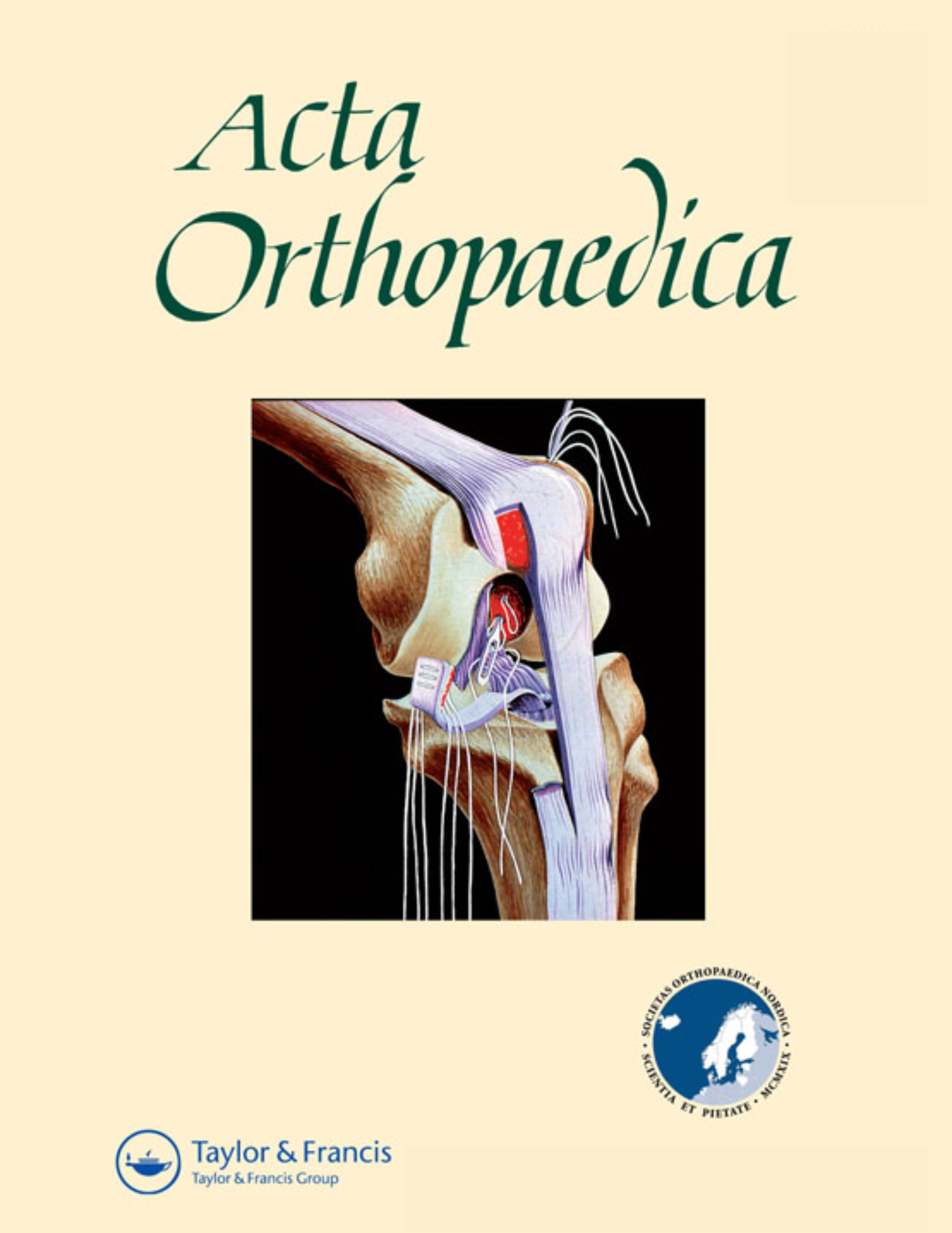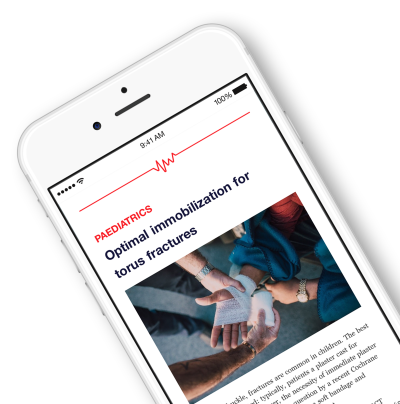
Migration of mobile- and fixed-bearing total knee system similar over 6-year follow-up .
This report has been verified
by one or more authors of the
original publication.
Migration and clinical outcome of mobile-bearing versus fixed-bearing single-radius total knee arthroplasty
Acta Orthop. 2018 Apr;89(2):190-19648 patients scheduled for total knee arthroplasty with a single radius implant were randomized to either a mobile-bearing or fixed-bearing design. Patients were primarily followed up for tibial component migration after 6 years. Secondary outcomes also included clinical scores and knee range of motion. Results demonstrated no significant differences between groups for any of the assessed outcome measures.
Unlock the Full ACE Report
You have access to 4 more FREE articles this month.
Click below to unlock and view this ACE Reports
Unlock Now
Critical appraisals of the latest, high-impact randomized controlled trials and systematic reviews in orthopaedics
Access to OrthoEvidence podcast content, including collaborations with the Journal of Bone and Joint Surgery, interviews with internationally recognized surgeons, and roundtable discussions on orthopaedic news and topics
Subscription to The Pulse, a twice-weekly evidence-based newsletter designed to help you make better clinical decisions
Exclusive access to original content articles, including in-house systematic reviews, and articles on health research methods and hot orthopaedic topics

































































